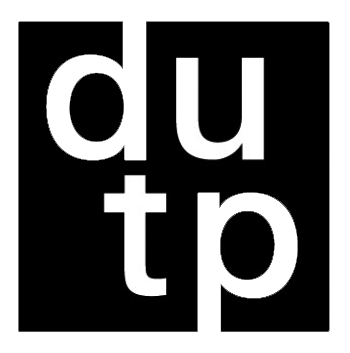CIDADES EMPRESA COMO EXEMPLO DE PLANEJAMENTO INTEGRADO
O CASO DE PAULO AFONSO, BAHIA-BRASIL
DOI:
https://doi.org/10.5821/siiu.12984Abstract
The text explores the concept of company towns, exemplified by Paulo Afonso, Bahia, Brazil, established by the São Francisco Hydroelectric Company (CHESF). The objective is to analyze this city as an example of integrated planning, highlighting its correlation with public policies, urban development, and hydroelectric ventures. The analysis is based on the ongoing doctoral research, "Developmental infrastructure public policies and company towns: The case of the Paulo Afonso hydroelectric complex, Bahia - Brazil," at the Urbanism Postgraduate Program of the Faculty of Architecture of the University of Lisbon. Concepts of urban planning, public policies, management, and sustainability are employed with a technical and cultural approach. The results highlight Paulo Afonso as an example of a company town, integrating urban development with the relevant business and urban structure in its territorial context. The study emphasizes the importance of leadership and planning for the effective execution of integrated urban projects, suggesting that their virtues can guide new proposals for spatial intervention.
Downloads
Published
Issue
Section
License
Copyright (c) 2024 Creative Commons

This work is licensed under a Creative Commons Attribution-NonCommercial-ShareAlike 4.0 International License.
Aquellos autores/as que tengan publicaciones con esta revista, aceptan los términos siguientes:
- Los autores/as conservarán sus derechos de autor y garantizarán a la revista el derecho de primera publicación de su obra, el cuál estará simultáneamente sujeto a la Licencia de reconocimiento de Creative Commons CC BY-NC-ND- 4.0 que permite a terceros compartir la obra siempre que se indique su autor y su primera publicación esta revista, pero no se pueden cambiar ni se pueden utilizar comercialmente.
- Los autores/as podrán adoptar otros acuerdos de licencia no exclusiva de distribución de la versión de la obra publicada (p. ej.: depositarla en un archivo telemático institucional o publicarla en un volumen monográfico) siempre que se indique la publicación inicial en esta revista.
- Se permite y recomienda a los autores/as difundir su obra a través de Internet (p. ej.: en archivos telemáticos institucionales o en su página web) antes y durante el proceso de envío, lo cual puede producir intercambios interesantes y aumentar las citas de la obra publicada. (Véase El efecto del acceso abierto).











